When you think of a classic French garden, you immediately imagine grand, elaborate parks or long avenues of trees set between large ponds and fountains.
People also recognize the French style in landscape design as the formal or regular style – a unique garden style marked by straight lines and mandatory symmetry. This style aims to impress visitors.
History of the French Style in Landscape Design
The formal style in landscape design emerged in France in the 16th century. It included symmetry, parterres, and geometric shapes. Italian gardens of the Renaissance period had a great influence on the French style. The Gardens of Versailles, created between 1662 and 1700, covered 15,000 acres of land.
They featured fountains, statues, parterres, and topiaries. This type of garden design spread throughout France. During that time, formal gardens were the embodiment of the celebration of beauty, order, and wealth. Its popularity continued until the emergence of the English garden design, which marked the next period in landscape design.
French landscape designers saw gardens as an extension of the architecture of a palace or castle. They created gardens as individual rooms with living walls made of green hedges and stairs made of water.
The formal style of gardening spread throughout Europe, where it continued to evolve.
French Style: Features of Garden Design Layout
A formal or regular garden in French style is typically designed following these rules:
- Classical formal parks in French style are typically situated on a flat surface without any changes in elevation.
- The central feature of the park is always a building, such as a house or palace, from which long axial paths extend in various directions.
- The use of geometric plans and symmetry is a key feature of French style gardens.
- The central axis leads from the house perpendicular to the main road in the garden.
- Paths are typically gravel with trimmed hedges.
- Water is always a key feature of French design, with numerous circular basins and long canals. Fountains and water cascades are also common.
- Low-growing plants and shrubs are typically located closer to the building.
- Trees are often used to interrupt paths in the distance. Trees are always planted in straight lines, adding perspective and emphasizing the symmetry of the garden.
In the regular style, bosquets, statues, and pavilions are often used. The building always includes a terrace or balcony, providing a great view of the garden.
Parterres and Topiaries in Regular Style
People widely use parterres in the regular style, typically composed of lawns or regularly shaped flower beds separated by borders. Symmetrically patterned, low-trimmed hedges may have an elaborate layout, with gravel paths dividing them. Generally, intricate parterres are near the house, while simpler ones are further away.
You can fill parterres with colored gravel or sand. In the regular style, flowers often play a secondary role, with a limited range of colors used within the parterres. Topiaries, the art of sculpting trees and shrubs, are a common element to create elaborate shapes and contribute to the symmetry of the design.
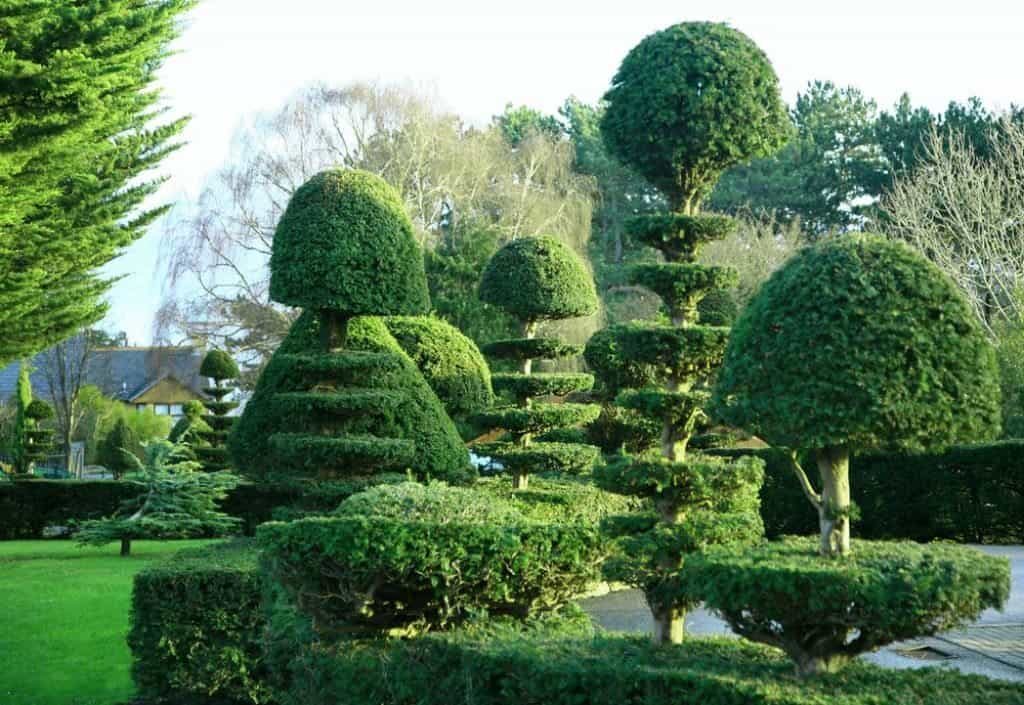
Topiary figures are often present in French gardens. Gardeners trim topiaries at least twice a year to craft a variety of shapes including cubes, cones, pyramids, spheres, spirals, and animal figures.
Plants Used in French Style Gardens
In French style gardens, people commonly plant trees like linden, beech, oak, chestnut, and elm. These trees always line up in straight rows. Lavender and rosemary frequently serve as hedge plants. Regular pruning plays a crucial role in shaping the plants as desired.
White, pink, blue, and purple dominate the flower bed color palette, reflecting the colors available in the 17th century when many famous regular parks came into existence.
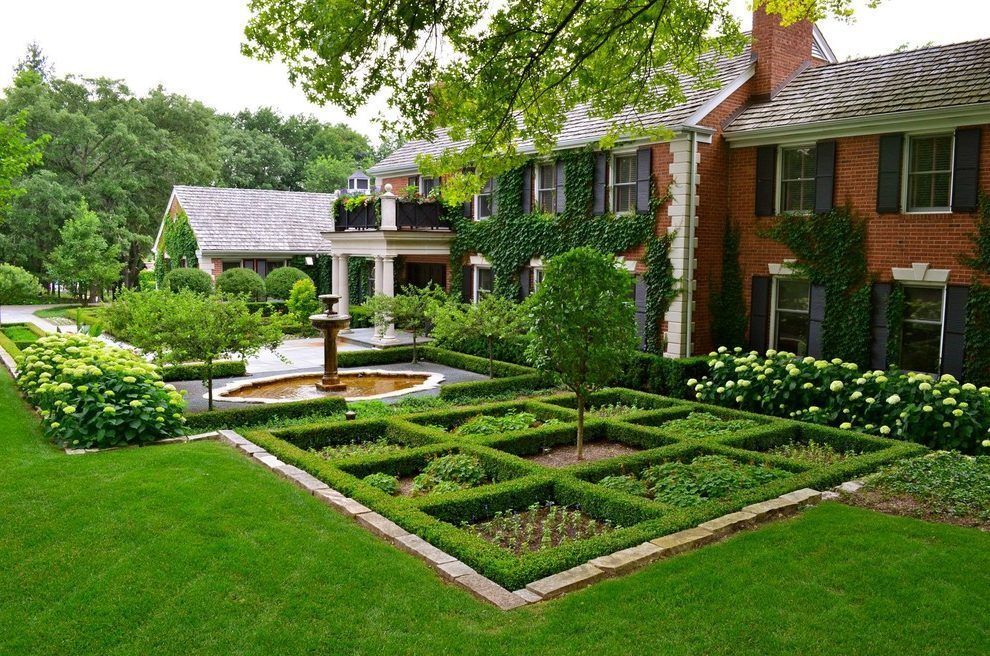
Low-growing plants are a popular choice for parterres. Gardeners plant early flowers in them, then remove these and replace them with late spring and summer flowers. Many formal gardens also feature beautiful vegetable gardens laid out in patterns, creating a stunning view.
Designing a Regular Style Garden
Ideas from this style can be used in a backyard garden. To create a garden in the regular style, ensure that the building is at the center. Geometric shrubs and intricate topiaries are key features for designing the garden, and you can also use various architectural elements and flower beds. Consider the placement of decorative fountains, small sculptures, and pathways that connect different parts of the garden.
Plants Essential for French Style Gardens – lavender, dahlias, cannas, and agapanthus. While originally not very colorful, French gardens later saw the addition of more vibrant flowers. Do not forget to maintain hedging and topiary levels, as clean lines and geometric shapes are crucial for a formal garden. Those who decide to implement the regular style should be prepared for perfectly symmetrical shapes, precise order, varied topiaries, straight rows, and bodies of water.
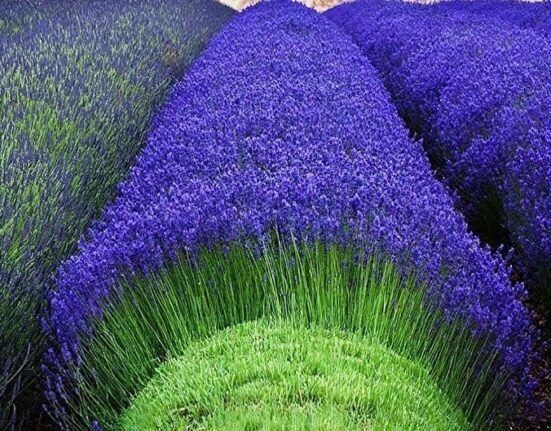

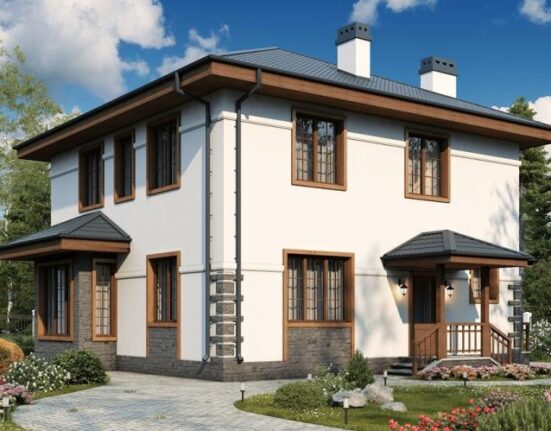

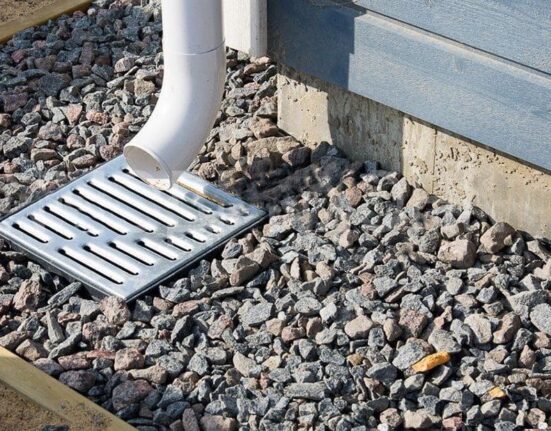
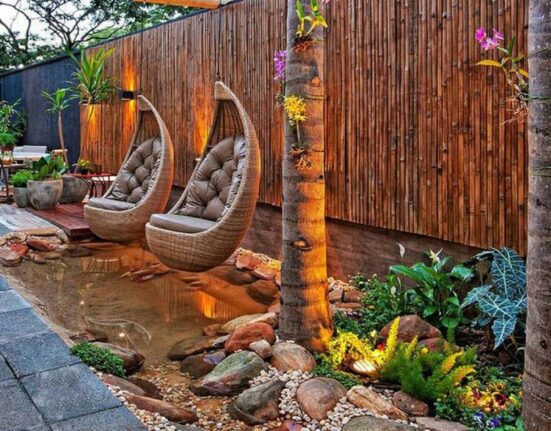
Leave feedback about this